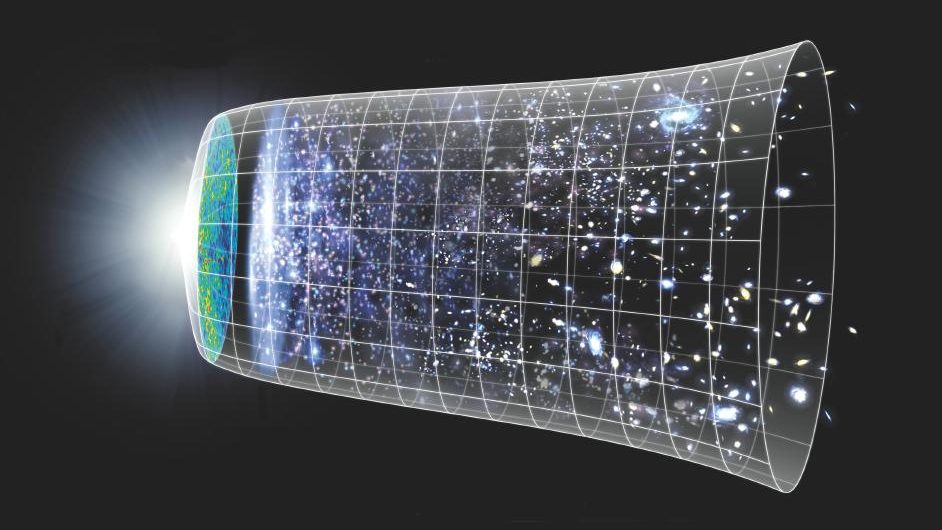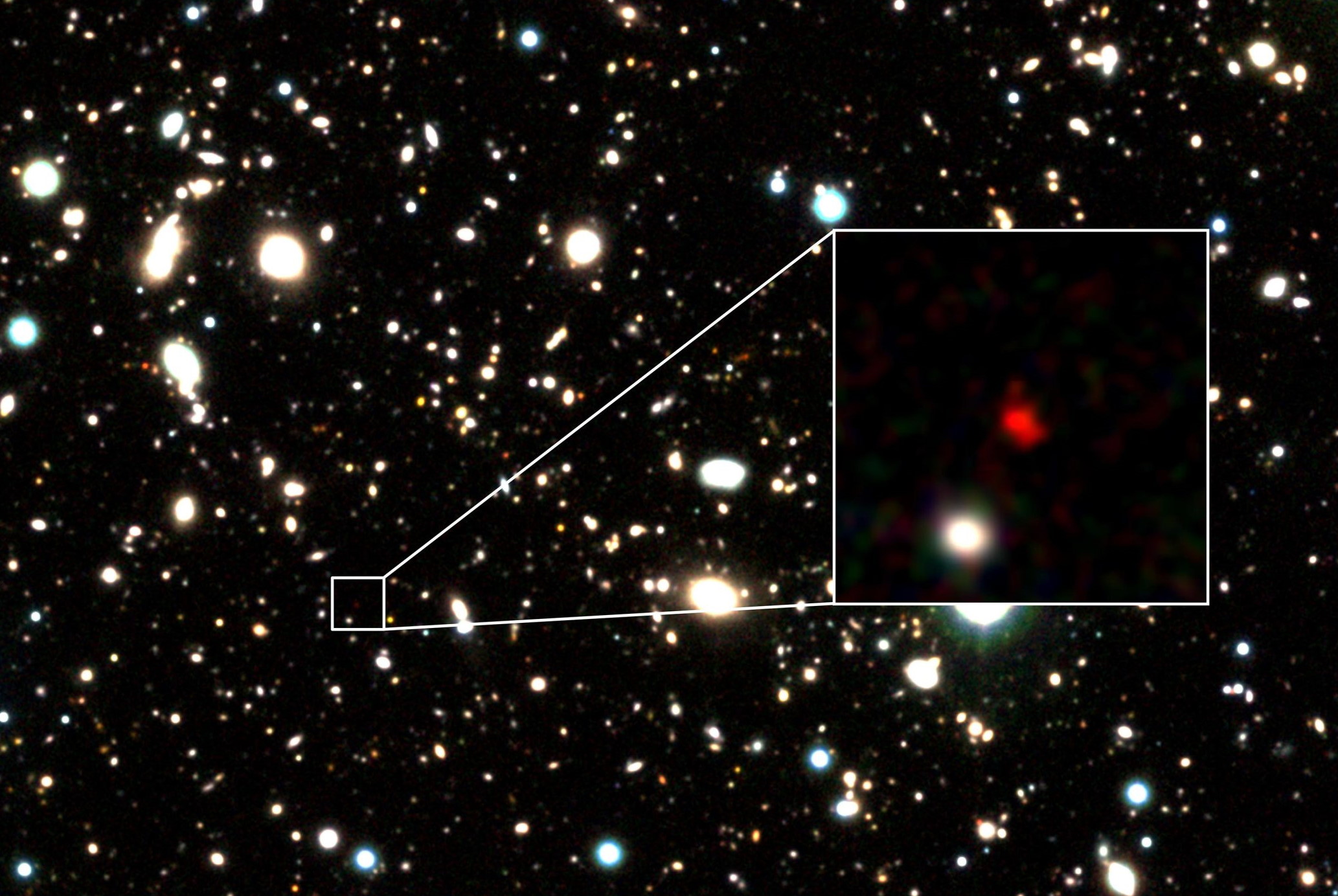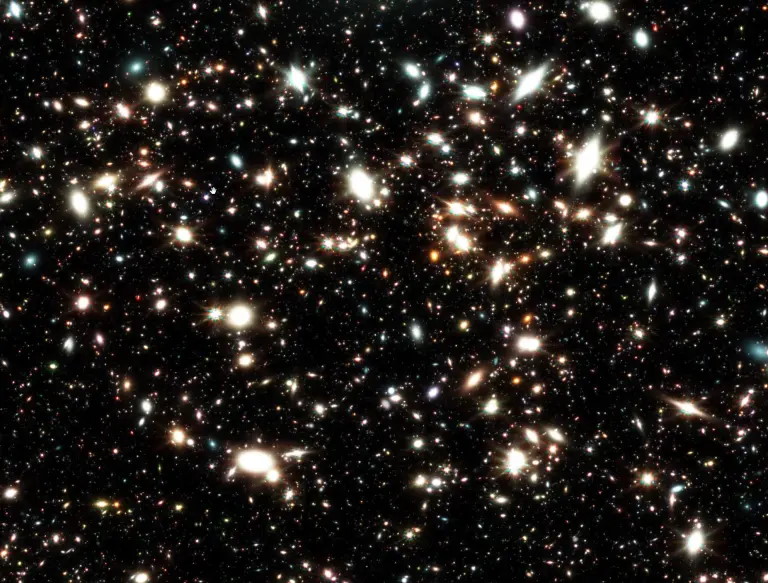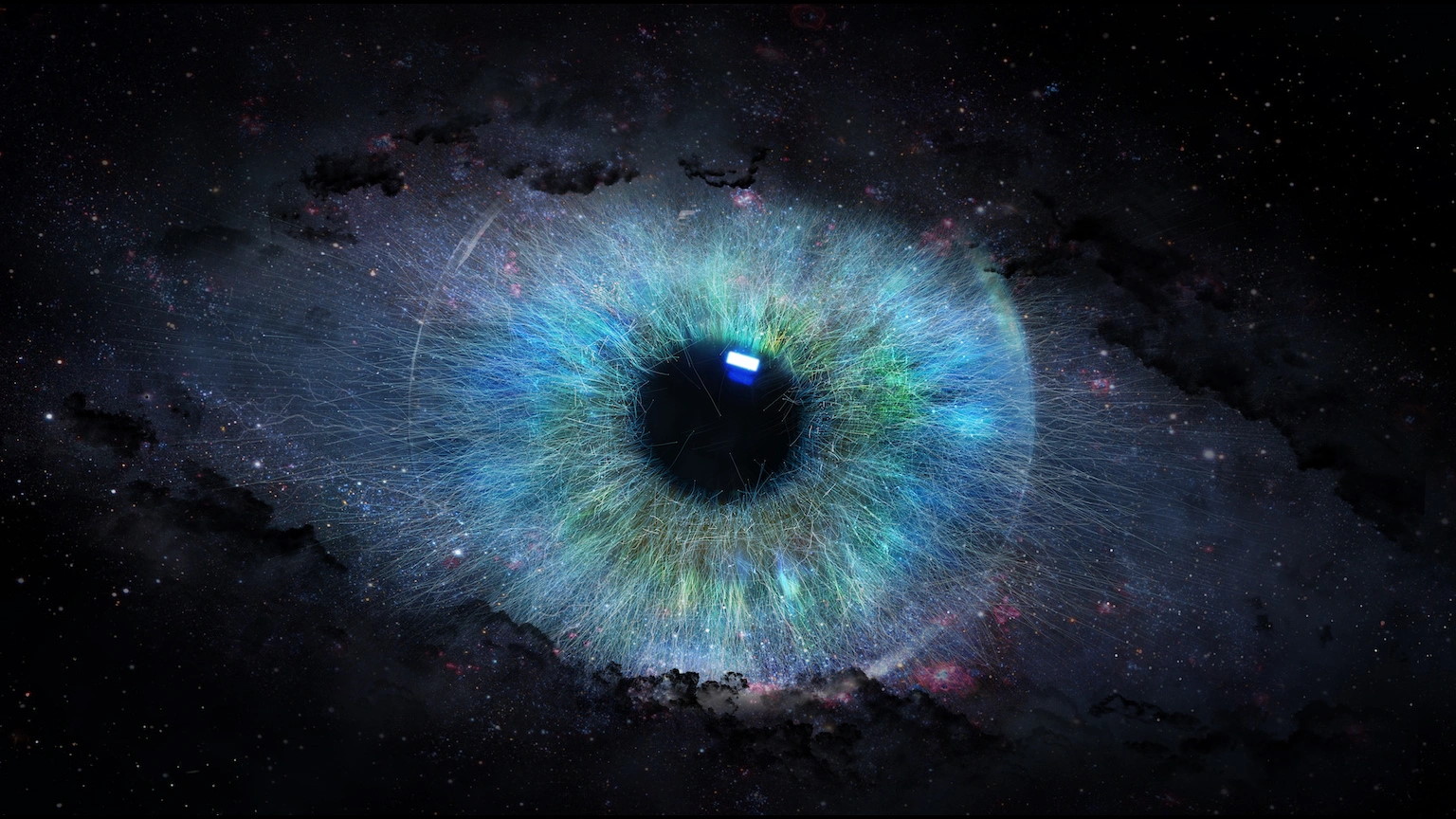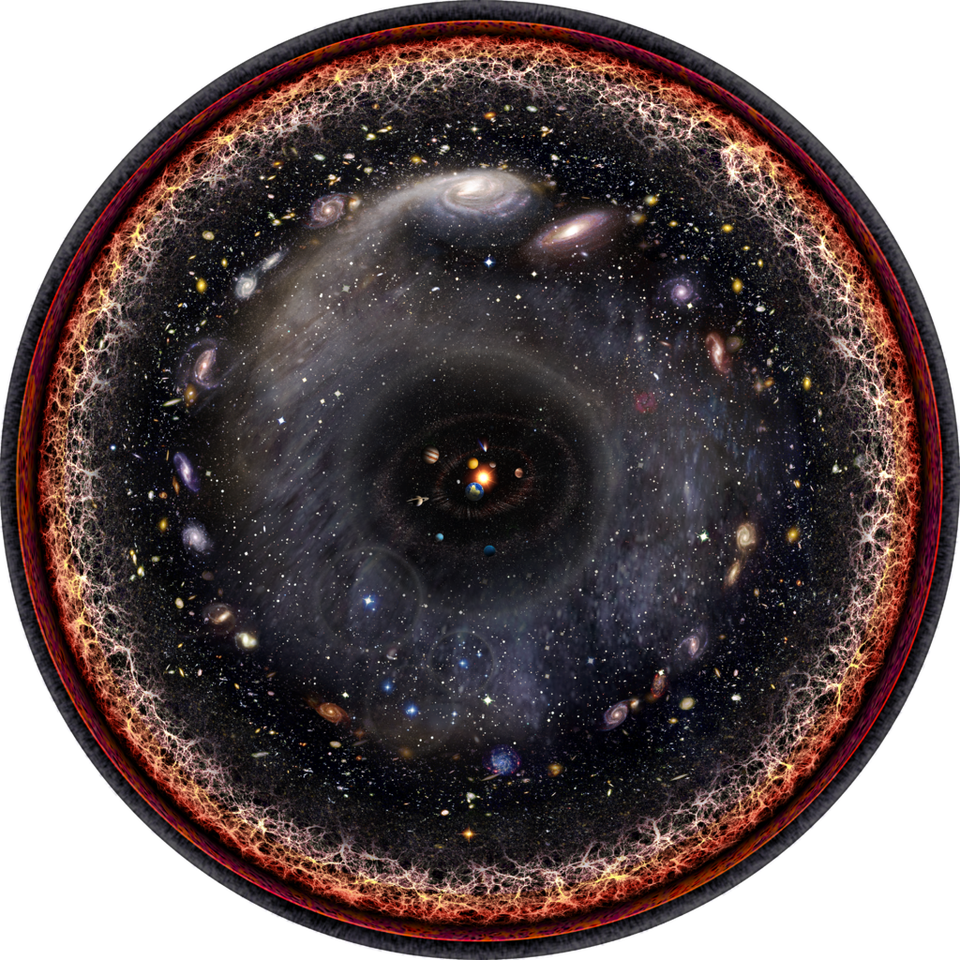
The Universe is out there, waiting for you to discover it.
Our mission: to answer, scientifically, the biggest questions of all.
- What is our Universe made of?
- How did it become the way it is today?
- Where did everything come from?
- What is the ultimate fate of the cosmos?
For countless generations, these were questions without resolutions. Now, for the first time in history, we have scientific answers. Starts With A Bang, written by Dr. Ethan Siegel, brings these stories — of what we know and how we know it — directly to you.
Get Starts With A Bang in your inbox
Featured
Why power generated through nuclear fusion will be the future, but not the present, solution to humanity’s energy needs.
It’s a strange idea to consider: that a tiny building block of matter, the atomic nucleus, holds the greatest potential for energy release.
And yet, it’s true; while electron transitions in atoms or molecules typically release energy on the order of ~1 electron-Volt, nuclear transitions between different configurations release energies a million times as great, on the order of ~1 Mega-electron-Volt.
Popular
From before the Big Bang to the present day, the Universe goes through many eras. Dark energy heralds the final one.
A wild, compelling idea without a direct, practical test, the Multiverse is highly controversial. But its supporting pillars sure are stable.
The surface and atmosphere is colored by ferric oxides. Beneath a very thin layer, mere millimeters deep in places, it’s not red anymore.
The first supernova ever discovered through its X-rays has an enormously powerful engine at its core. It’s unlike anything ever seen.
Just 13.8 billion years after the hot Big Bang, we can see 46.1 billion light-years away in all directions. Doesn’t that violate…something?
All Stories
As far as we can tell, there’s no limit to how far it goes on; only a limit to how far we can see. Could the Universe truly be infinite?
Even the most brilliant mind in history couldn’t have achieved all he did without significant help from the minds of others.
We’ve fooled ourselves before with galaxies that look just like this one. The evidence we have simply isn’t strong enough.
In the latest edition of the Starts With A Bang podcast, we talk with soon-to-be Dr. Arianna Long about galaxies, from birth to today.
Our Universe requires dark matter in order to make sense of things, astrophysically. Could massive photons do the trick?
Fermilab’s TeVatron just released the best mass measurement of the W-boson, ever. Here’s what doesn’t add up.
The idea of “absolute time” was our default for millennia. But time is relative, as gravity and motion both cause time to dilate.
The Hubble Space Telescope, 32 years after its launch, broke the all-time record for most distant star. It won’t do better.
The story of how Jupiter, Saturn, Uranus and Neptune were made isn’t a universal one. Some gas giants were built different.
For some reason, when we talk about the age of stars, galaxies, and the Universe, we use “years” to measure time. Can we do better?
From life on Earth to the planet itself, there are four ways our planet will actually experience “the end,” no matter how we define it.
Galactic archaeology has uncovered a spectacular find: the Milky Way already existed more than 13 billion years ago.
To answer any physical question, you must ask the Universe itself. But what happens when the answers aren’t around anymore?
Even a tiny sliver of the Universe can reveal the cosmic story of what’s out there and how it came to be the way it is today.
The closest star system to Earth, just over 4 light-years away, has three stars and at least one Earth-sized planet. Is it time to go there?
In 1990, we only knew of the planets in our own Solar System. Today, the exoplanet count is more than 5000. Here’s what we’ve learned.
Empty, intergalactic space is just 2.725 K: not even three degrees above absolute zero. But the Boomerang Nebula is even colder.
When we started imaging the Universe with Hubble, every star had four “spikes” coming from it. Here’s why Webb will have more.
In the Saudi Arabian desert, the Al Naslaa rock formation looks completely unnatural. Its perfectly vertical split remains a mystery.
The far infrared reveals both the coldest and hottest gas in the Universe, and can teach us what no other wavelength range can.
Is there any good reason for assigning North and South the way we do, or could we have just as easily done the reverse?
For millennia, diamonds were the hardest known material, but they only rank at #7 on the current list. Can you guess which material is #1?
It rotates on its axis, revolves around the Sun, moves throughout the Milky Way, and gets carried by our galaxy all throughout space.
The laws of physics state that you can’t create or destroy matter without also creating or destroying an equal amount of antimatter. So how are we here?
In the night sky for March of 2022, only stars and the Moon, not planets, will greet you. The real show, however, arrives just before dawn.
Despite all that we’ve learned about the Universe, there remain unanswered, and possibly unanswerable, questions. Could “God” be the answer?
Shortly after planet Earth formed, life took a permanent hold on our surface. But just how common is such an outcome?
If dark matter exists in a large halo in our galaxy, made up of particles, then it’s passing through us constantly. But how much?
When we look out at the Universe, even with Hubble, we’re only seeing the closest, biggest, brightest galaxies. Here’s where the rest are.
There’s a limit to how large planets can be, and it’s only about double the radius of Jupiter. At least, so far.




